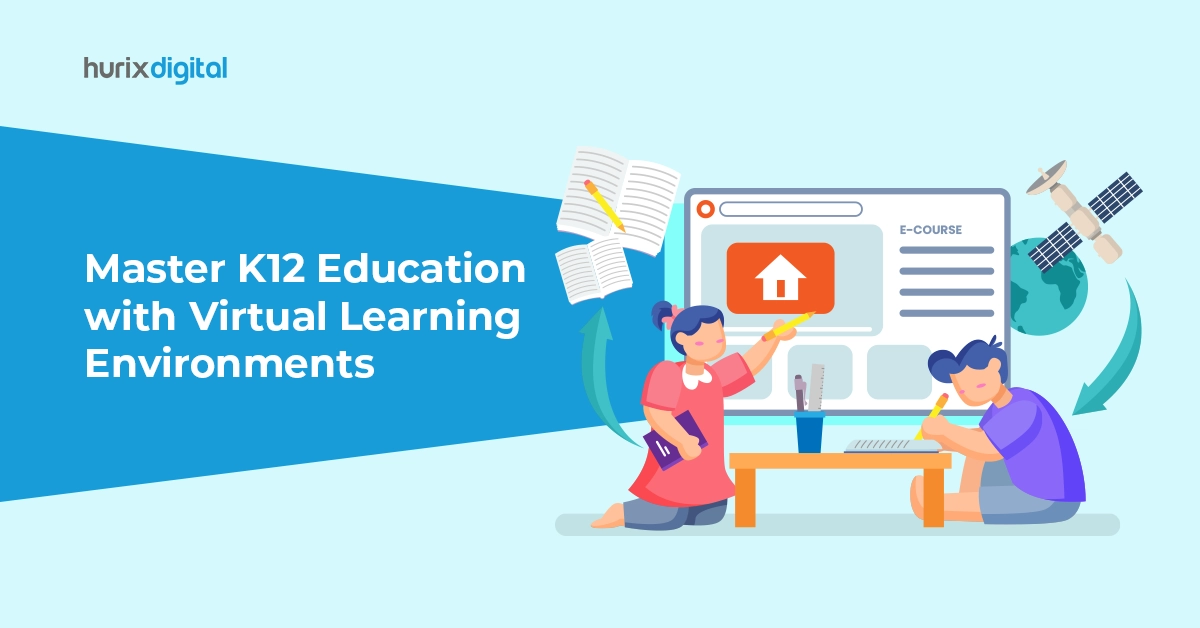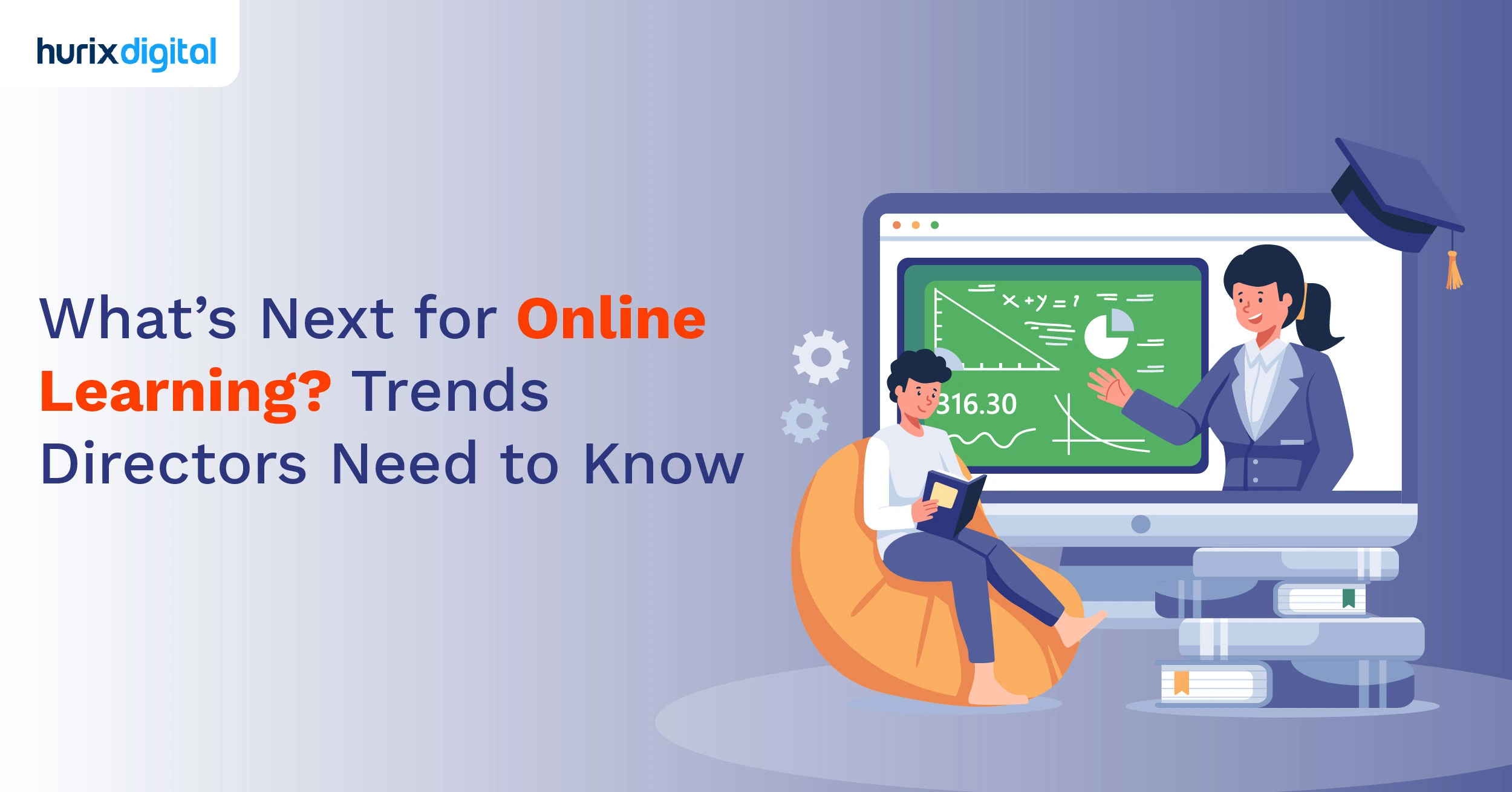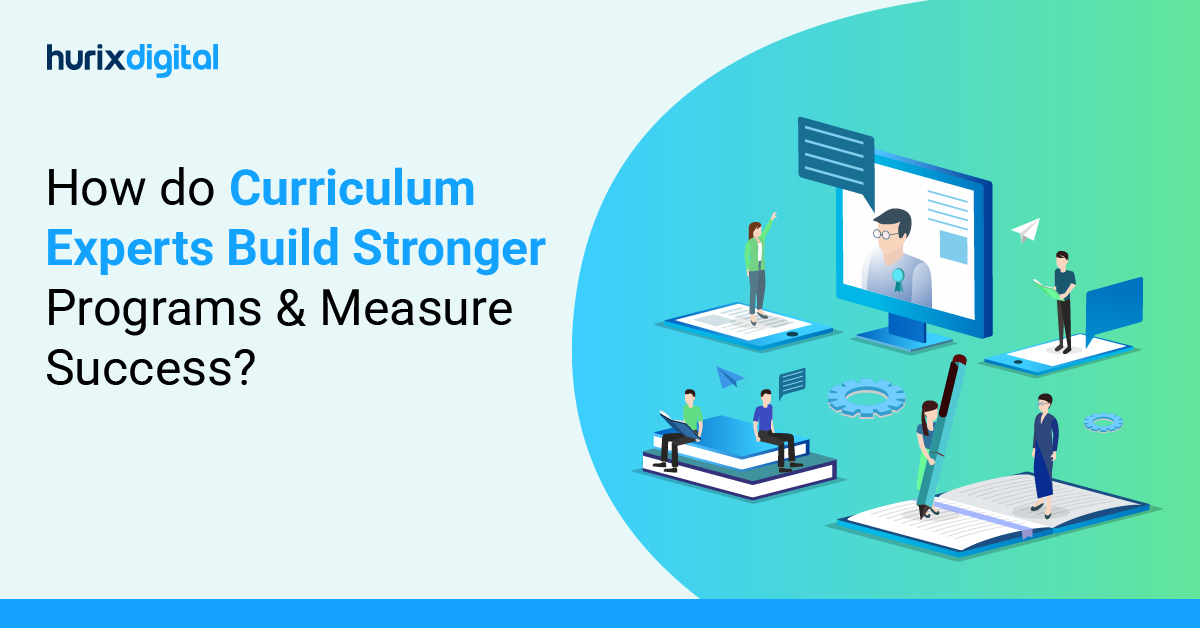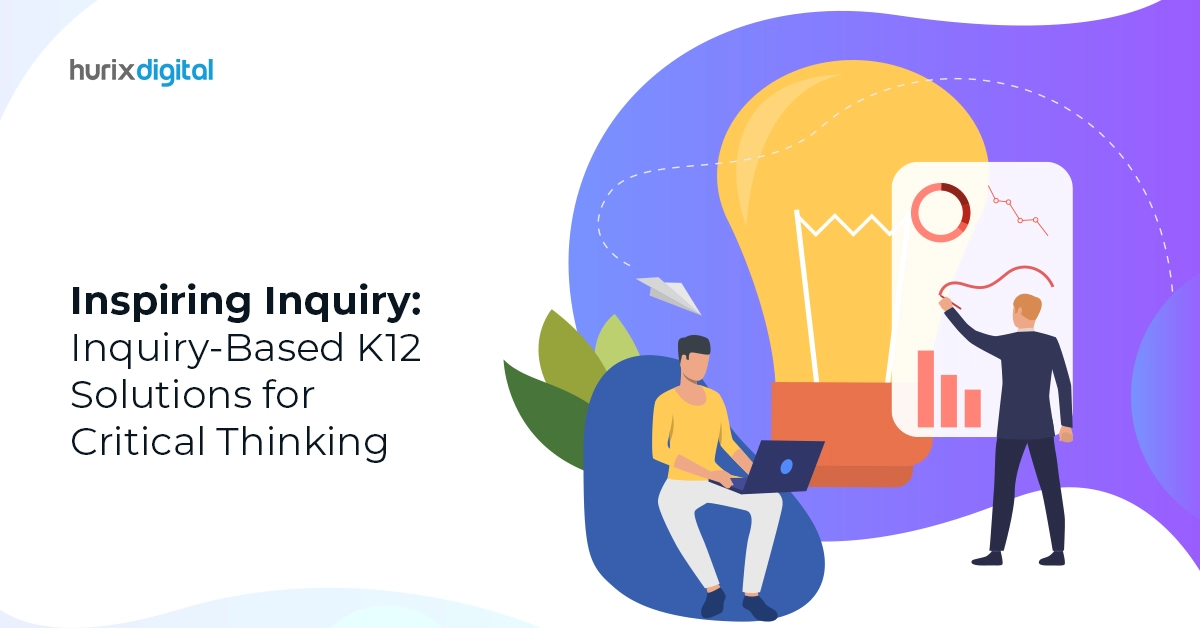
Master K12 Education With Virtual Learning Environments
Summarize with:
In 2024, the virtual learning world is actively investing in the core of the future—immersive learning. With this, K12 education is making significant strides toward excellence. In 2018, immersive technology in the education industry held a value of 0.5 billion USD and has galloped to a massive 20.1 billion USD in 2023.
Today, investing and adopting virtual learning modules that embrace Virtual Reality (VR), Augmented Reality (AR), and even Mixed Reality (MR) is easy. The most crucial part that creates truly effective immersive learning is setting up effective virtual learning environments (VLE).
In this blog, we’ll take you through a touch-up on what technologies power virtual learning, the impact of virtual learning environments, and what it takes to implement the ideal virtual learning environment for effective K12 education.
Table of Contents:
- The Technologies That Power Virtual Learning
- Virtual Learning Environments and Their Role In Immersive Learning
- Key Elements While Implementing an Effective Virtual Learning Environment
- Our Way Forward
The Technologies That Power Virtual Learning
Before we get into the heart of immersive learning, it’s crucial to take a step back and recognize that key and cutting-edge technologies function as their foundation. So, let’s understand a little bit about the technologies of their blends that make K12 education truly immersive.
1. Virtual Reality (VR)
K12 Education through VR learning modules is the process of immersing learners in simulations or 3D spaces. These interactive learning VR modules incorporate audio and visual gear to deliver information, tutorials, practice spaces, and more.
2. Augmented Reality (AR)
Augmented reality in K12 Education uses projection technology to bring digital information, objects, or systems into real-world space. This is used to understand concepts and even phenomena that are difficult or unsafe for learners to witness because of geographical limitations or being difficult to reproduce.
3. Mixed Reality (MR)
Being a blend of VR and AR, Mixed Reality (MR) helps learners see and interact with digitally projected objects or systems while still being aware of the real world. Touching and interacting with planets projected in a classroom would be a prime example of MR in K12 Education.
These astounding technologies that expand the horizons of virtual learning have tremendous benefits; one of the most astounding ones is that student retention rates are boosted by almost 25%.
Virtual Learning Environments and Their Role in Immersive Learning
Constructed as a digital platform where distanced learning and in-person interactions take place, Virtual Learning Environments (VLE) are where every learning module is delivered.
- An effective VLE isn’t just a space for learning; it is a meticulously designed platform to enhance the overall K12 education experience.
- A VLE provides a centralized space for learners and educators to interact, share resources, and engage in collaborative activities.
- As a dynamic online space that goes beyond traditional classrooms, learners access learning materials, participate in immersive experiences, and submit assignments through a VLE.
- As the heart of immersive learning that sheds a learner’s geographical barriers, it also functions as the bridge that integrates various technologies to create an immersive and interactive learning environment.
Key Elements While Implementing an Effective Virtual Learning Environment
Considering the gravity of an ideal VLE, we can all agree that it is critical to effective immersive learning. Here are the key elements that you must have in your bag while implementing effective virtual learning environments,
1. User-Centric Design
A well-designed interface boosts engagement and motivation. You must ensure your Virtual Learning Environments are user-centric and easy for learners and educators. It is a great bonus to keep the VLE mobile-friendly, especially in the case of online education modules with gamified approaches.
2. Seamless Technology Integration
Depending on the different technologies suited for your virtual learning strategies, your VLE must be integrated with any necessary hardware and software to carry out the educational experience seamlessly.
For example, VR headgear and AR projection equipment must completely sync and connect easily with the VLE platform.
3. Collaborative Tools
Depending on the various blended learning approaches you wish to adopt, virtual learning environments must be equipped with tools for interactive discussions, collaborative projects, and even real-time feedback from educators.
4. Accessibility Anytime, Anywhere
This is basic but crucial; your learners and educators must have 24/7 accessibility from anywhere in the world. Whether for teachers to access online teaching resources or even learners to upload assignments, accessibility is an imperative aspect that you must have ticked while implementing your VLE.
5. Robust Progress Monitoring
Timely feedback and performance evaluations are crucial as they assist in students’ strengths and learning opportunities. It also helps to adapt and personalize the student’s learning modules.
Live progress monitoring for your learners and educators is vital to an effective VLE in K12 education.
6. Digital Security
This is an element of all virtual learning environments that must be highly robust. Be it a virtual classroom or student personal information, the digital security of a VLE must be top-notch, and for the sake of your learner’s trust and safety, it can have no leaks or cracks.
7. Comprehensive Training and Support
While implementing a VLE or during any software update, respective users must be given regular and comprehensive training with a line for support in case of difficulties. With this, all learners and educators can utilize remote education to its full potential.
8. Regular Updates and Adaptability
As the quality of K12 education has grown from traditional classroom to virtual learning and now immersive virtual learning, it is safe to expect further improvement and evolution.
Keeping abreast of the developments, all virtual learning environments must be equipped to adapt and implement regular updates to stay relevant.
Also Read: Top 10 Roles of AI in Skill Development in Higher Education
Our Way Forward
The landscape of virtual learning in K12 education is vast and ever-changing. As immersive learning-based EdTech solutions rapidly bloom, establishing effective virtual learning environments (VLE) has become quite crucial. As the foundation behind not just delivering effective K12 education, the right VLE also has the power to make or break the overall educational experience.
While it’s a challenge to nail, rest assured this piece has equipped you with the key elements that make an ideal VLE. With the help of experts at Hurix Digital, implementing the right virtual learning environment will be downright seamless! So don’t hesitate to get started; contact us now!
Summarize with:

Senior Vice President – Business Development
at Hurix Digital, with over 25 years of experience in EdTech and workforce learning. He excels in business development, customer relationship management, and scaling digital learning solutions, driving global growth through innovative content, simulations, and AI‑driven training offerings
 Upcoming Masterclass | Build an Army of Brand Evangelists using Training & Development | November 6th, 8am PT | 9PM IST |
Upcoming Masterclass | Build an Army of Brand Evangelists using Training & Development | November 6th, 8am PT | 9PM IST |






